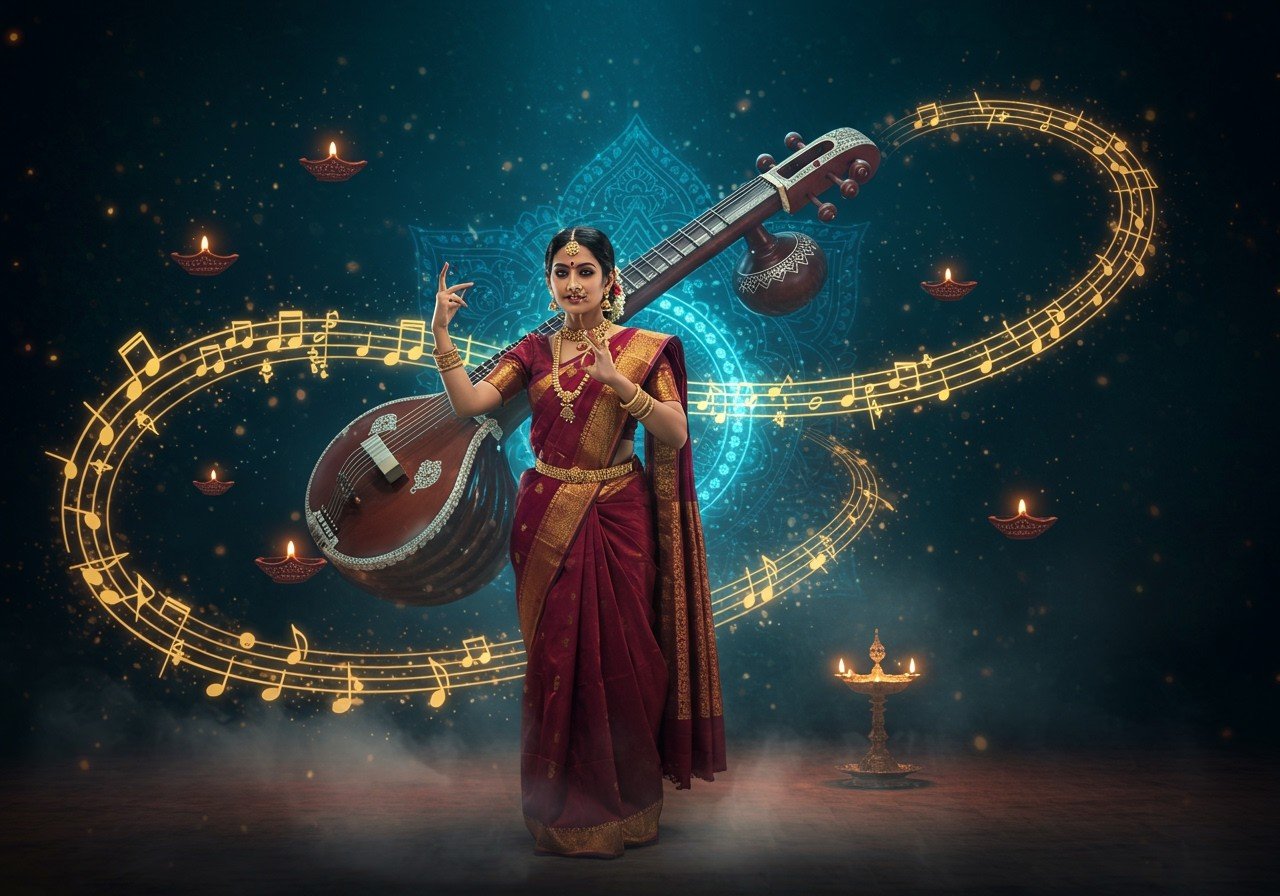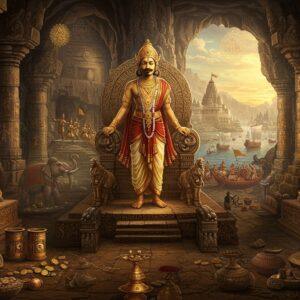
Indian classical music, a treasure trove of rich melodies and rhythmic intricacies, owes much of its captivating beauty to the art of ornamentation, known as alankar or gamaka. These delicate embellishments, much like the intricate carvings on a temple wall, add depth, nuance, and expressiveness to the musical tapestry. They transform simple notes into a cascade of emotions, weaving a spellbinding experience for both the performer and the listener.
Unveiling the Magic of Alankaras
Imagine a plain silk saree. Beautiful, yes, but imagine it further adorned with exquisite embroidery, bringing the fabric to life. Similarly, alankaras breathe life into a melody. They are the flourishes that make a raga truly sing, adding layers of texture and character.
A Bouquet of Musical Ornaments
Alankaras are not monolithic; they come in a delightful variety, each contributing a unique flavour to the music:
- Gamaka: This is the overarching term for ornamentation in Indian classical music. Think of it as the artist’s brushstroke, adding graceful turns, curves, and delicate touches, each emphasizing the individuality of a raga. It’s the gamaka that truly makes a raga come alive.
- Kan: These are subtle grace notes, almost whispered between the main notes. They act as bridges, seamlessly connecting different pitches. Interestingly, the way a kan is employed can be the very distinction between two ragas, highlighting the nuanced nature of this art form.
- Meend: Imagine a gentle slide between notes, a smooth transition that creates a sense of fluidity. That’s meend, adding a seamless flow to the melody. It is evocative of the gentle sway of a tree in the breeze.
- Andolan: This is a delicate oscillation applied to a single note, creating a gentle wave-like effect, adding a touch of vibrato. It brings a subtle pulsation, much like a heartbeat, to the music.
- Khatka: Khatka emphasizes a note by surrounding it with a cluster of neighboring notes. It’s like placing a gemstone in a setting of smaller stones, making the central one shine even brighter.
- Murki and Zamzama: Though more common in folk and semi-classical genres like dadra and thumri, these occasionally grace classical performances. Murki and zamzama add a touch of vibrancy and playfulness to a raga, with their unique rhythmic patterns.
Why Alankaras Matter
Alankaras are not mere decorations; they are the essence of Indian classical music. They are the defining strokes that shape a melody, giving each raga its distinct personality. In Hindustani music, the term “alankar” translates to “beautification” in Sanskrit, reflecting the profound importance of these embellishments.
Each raga has its own set of rules dictating which gamakas can be used and where. This intricate system, passed down through generations of gurus and disciples, preserves the purity and authenticity of each raga.
Poojn.in: Your Companion on a Musical Journey
For those seeking to enhance their understanding and appreciation of Indian classical music, Poojn.in offers a curated collection of traditional instruments and accessories. From finely crafted sitars and tablas to exquisite tanpuras, we have everything you need to embark on your musical journey. We also offer a selection of holy books on music theory and practice, perfect for deepening your knowledge of alankaras and ragas. Explore our collection today and discover the perfect tools to enhance your musical experience.
Frequently Asked Questions about Alankaras
We understand that the world of alankaras can seem complex. Here are some common queries to help you navigate this beautiful aspect of Indian music:
-
What exactly are alankaras in music? Alankaras are the ornaments that adorn melodies, enhancing their beauty and expressiveness. They are like the spices in a dish, adding layers of flavour and depth.
Think of it like this: a simple melody is like a plain white kurta. Beautiful in its simplicity, but alankaras are like the intricate embroidery that transforms it into a stunning piece of art.
-
Are alankaras unique to Indian music? While many musical traditions employ ornamentation, alankaras, as a structured system, are specific to Indian classical music. They are deeply intertwined with the concept of ragas and talas, the foundation of Indian musical theory.
Other cultures may have their own forms of ornamentation, but the intricate system of alankaras, with its specific rules and applications, is a hallmark of Indian classical music.
-
How do I learn more about alankaras? Learning about alankaras is a journey of discovery. Listening to recordings of maestros is an excellent way to begin appreciating their nuances. Exploring different gharanas will also expose you to diverse styles of alankar application.
You can also find books and online resources dedicated to Indian classical music theory. Poojn.in offers a selection of such holy books, providing a valuable resource for your learning journey.
Embrace the Soul of Indian Music
Alankaras are more than just embellishments; they are the soul of Indian classical music. They elevate melodies, evoke emotions, and connect us to a rich cultural heritage. As we explore the world of alankaras, we deepen our appreciation for the artistry and depth of this ancient tradition. Let Poojn.in be your guide, providing you with the resources and inspiration you need to embark on this enriching musical journey.


